Resource Guarding in Dogs: Helping Your Pet Feel Safe Around Food and Toys
Has your dog ever growled when you approached their bowl or stiffened when holding a favorite toy? This behavior, called resource guarding, can be confusing and sometimes frightening. At Paws at Play Resort & Daycare, where playtime and grooming bring dogs into close contact, we know how important it is to handle guarding safely. With the right guidance and consistency, most dogs can learn to relax and share without fear.
Understanding Resource Guarding in Dogs
What Is Resource Guarding?
Resource guarding is a natural instinct where dogs protect items they value- like food, toys, spaces, or even people. In the wild, this behavior helped canines survive by preventing others from stealing food or shelter. In a home, however, it can create tension when dogs react defensively toward family members or other pets.
Guarding exists on a spectrum, from subtle tension to overt aggression. Some dogs simply freeze or hover over a resource, while others may growl or snap. Recognizing this behavior as fear-driven rather than “dominant” helps owners respond with empathy and effective training.
Recognizing the Signs
Early recognition prevents escalation. Common signs include growling, stiff posture, or hovering protectively over food or toys. Dogs may eat faster when someone approaches or move items to corners or under furniture. These signals indicate anxiety, not defiance- and catching them early allows for gentle, positive intervention before managing dog behavior issues becomes more complex.
How Paws at Play Promotes a Safe Environment
At Paws at Play, our experienced team understands the nuances of canine body language and monitors every guest closely for signs of stress, tension, or guarding behavior. During boarding stays, food and personal toys may be offered individually to ensure each dog feels secure without competition or pressure. In daycare and group play sessions, food and toys are intentionally not used. This helps prevent resource-related conflicts and keeps interactions focused on safe, social play. By maintaining structured supervision and a deep awareness of canine communication, we ensure that every dog enjoys a comfortable, positive experience tailored to their temperament and comfort level.
Why Dogs Guard Resources
Instinct and Genetics
Guarding behavior traces back to survival instincts, but genetics and early life experience also play roles. Puppies that miss early lessons about sharing may struggle later. Some breeds with strong protective tendencies can also be more prone to guarding, though any dog may develop it under stress.
Environmental Triggers
Competition, inconsistent feeding, or sudden changes in the household can intensify guarding. New pets, moves, or family transitions create uncertainty, prompting dogs to cling to what feels “theirs.” At Paws at Play Resort & Daycare, our Fear Free techniques focus on calm routines and positive associations to help dogs feel secure in social settings.
Addressing Resource Guarding Safely
Professional Guidance
Because guarding can escalate quickly, professional help is essential. Veterinarians can rule out medical contributors such as pain or hormonal changes, while certified trainers design behavior plans based on your dog’s temperament.
If your dog’s behavior raises safety concerns, North Royalton Animal Hospital provides comprehensive veterinary care and behavioral consultation support. Their team collaborates closely with trainers and families to ensure both physical and emotional wellbeing.
Training Techniques
Desensitization and Counterconditioning
These techniques change how a dog feels about someone approaching their resources. Start by keeping a comfortable distance, pairing your approach with high-value treats. Gradually decrease distance as your dog stays calm. Games like the trade game teach that releasing items leads to rewards- not loss.
Creating a Safe Environment
Prevent conflict while training is underway. Feed dogs in separate areas to remove competition, and rotate toys to prevent scarcity. Indoor pet enrichment– puzzle feeders, scent games, and rest zones- helps channel energy and reduce anxiety. Our luxury accommodations use these principles so every guest feels secure.
Incorporating Socialization
Positive early socialization lowers the risk of future guarding. Controlled experiences with people and pets during feeding or play teach dogs that sharing isn’t threatening. Gentle exposure for adult dogs, guided by professionals, can also rebuild confidence.
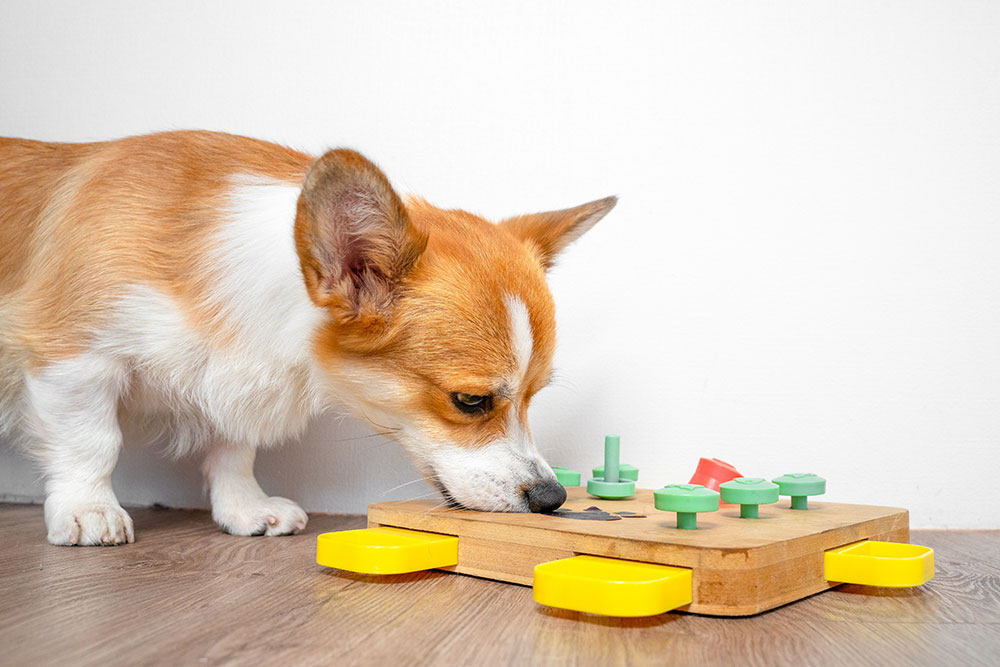
Myths About Resource Guarding
Myth: Only Aggressive Dogs Guard
Any dog can guard. Loving, calm dogs may growl simply because they feel unsure. Guarding reflects insecurity, not aggression, and recognizing it as an emotional response allows for compassion instead of punishment.
Myth: Guarding Can’t Be Fixed
With consistency and professional guidance, most dogs improve dramatically. Structured management- like removing shared food bowls or using predictable routines- helps prevent conflict. Success depends on patience, safety, and long-term trust.
Practical Tips for Pet Owners
Building Trust
Trust transforms guarding into cooperation. Spend time with your dog outside of “guarding” situations- walks, play, or gentle training- to reinforce that your presence brings good things. Avoid grabbing items or forcing releases; instead, use positive reinforcement to reward voluntary sharing.
Routine and Consistency
Predictable schedules reduce anxiety. Feed at consistent times, limit distractions, and keep pets separated during meals. Clear, consistent responses help your dog understand expectations and feel safe. Regular play sessions where toys are given and retrieved in calm patterns reduce tension around sharing.
Professional Support
Behavior challenges improve fastest with expert help. At Paws at Play Resort & Daycare, we understand the emotional roots of guarding and design care plans that fit each dog’s needs. For ongoing veterinary guidance or if you suspect underlying medical issues, North Royalton Animal Hospital provides full diagnostic and behavioral support for dogs needing extra help.
Creating Lasting Change for Your Dog
Resource guarding can be stressful, but with patience, structure, and professional care, most dogs learn that they don’t need to protect what’s already safe.
At Paws at Play Resort & Daycare, our team works with dogs every day to build confidence, reduce fear, and foster harmony at home. And for comprehensive veterinary care, behavioral evaluation, or follow-up treatment, the trusted team at North Royalton Animal Hospital is ready to help your dog feel secure and supported.
Together, we can create a calmer, happier household- one built on trust, understanding, and lasting comfort.

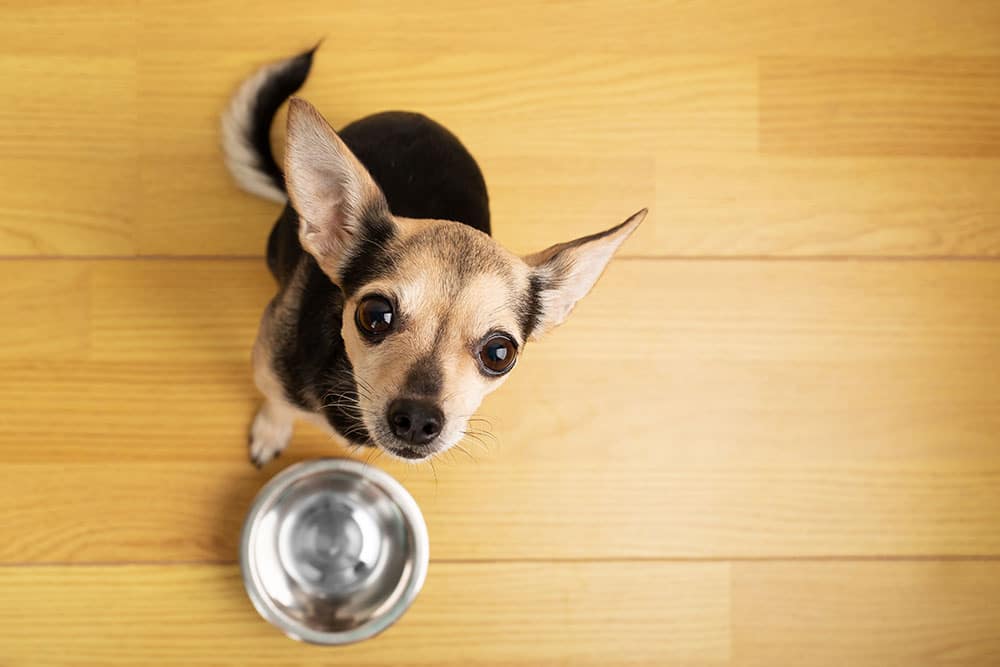
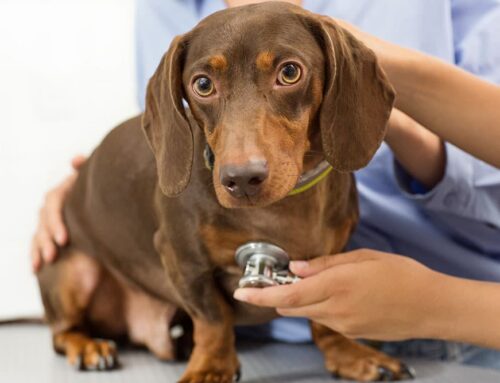
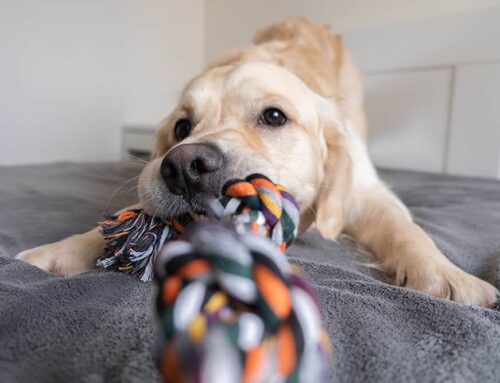
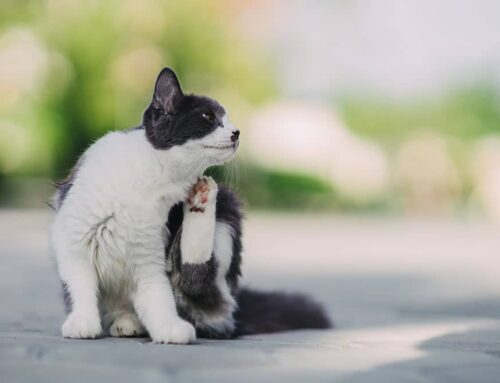



Leave A Comment